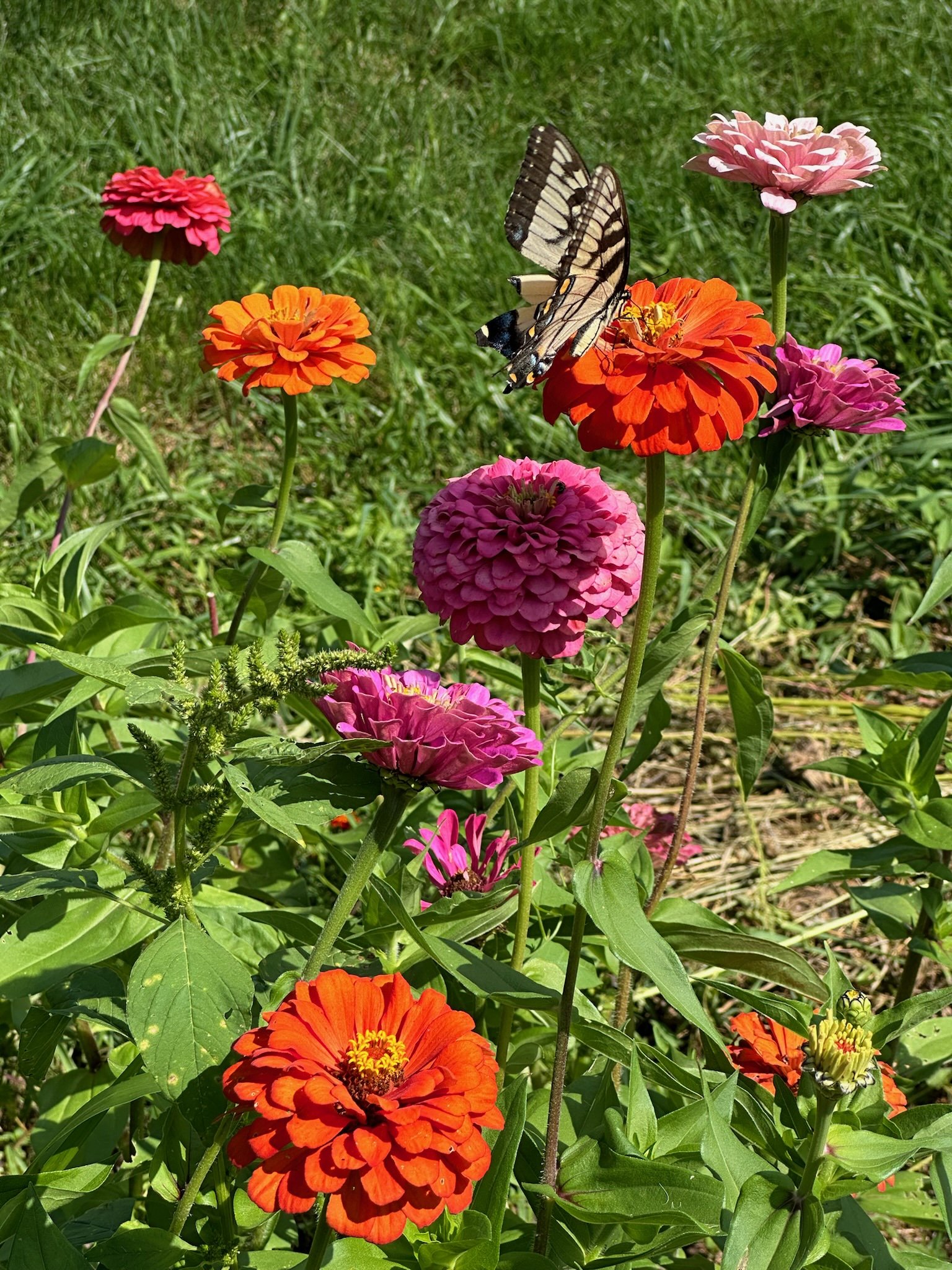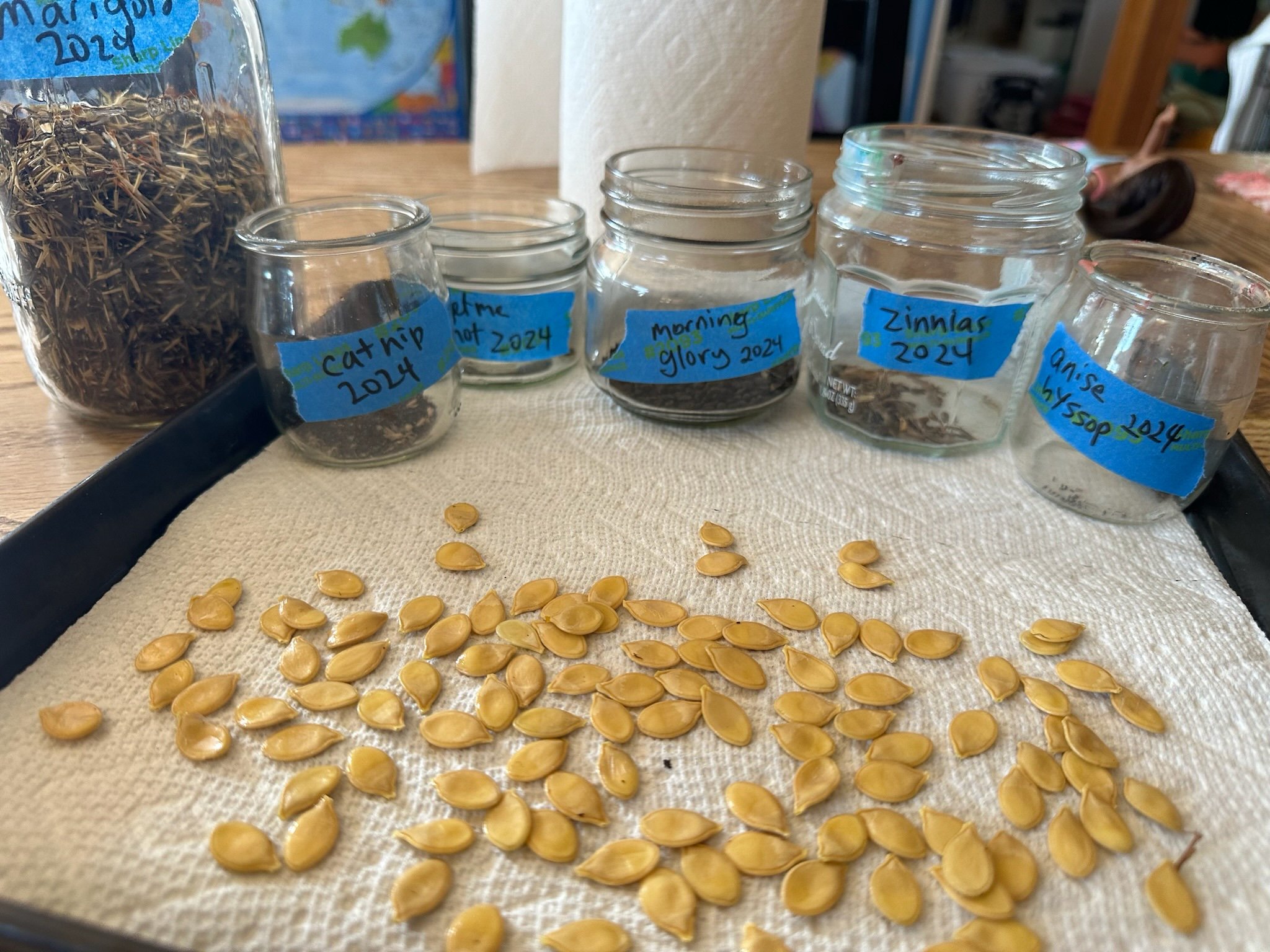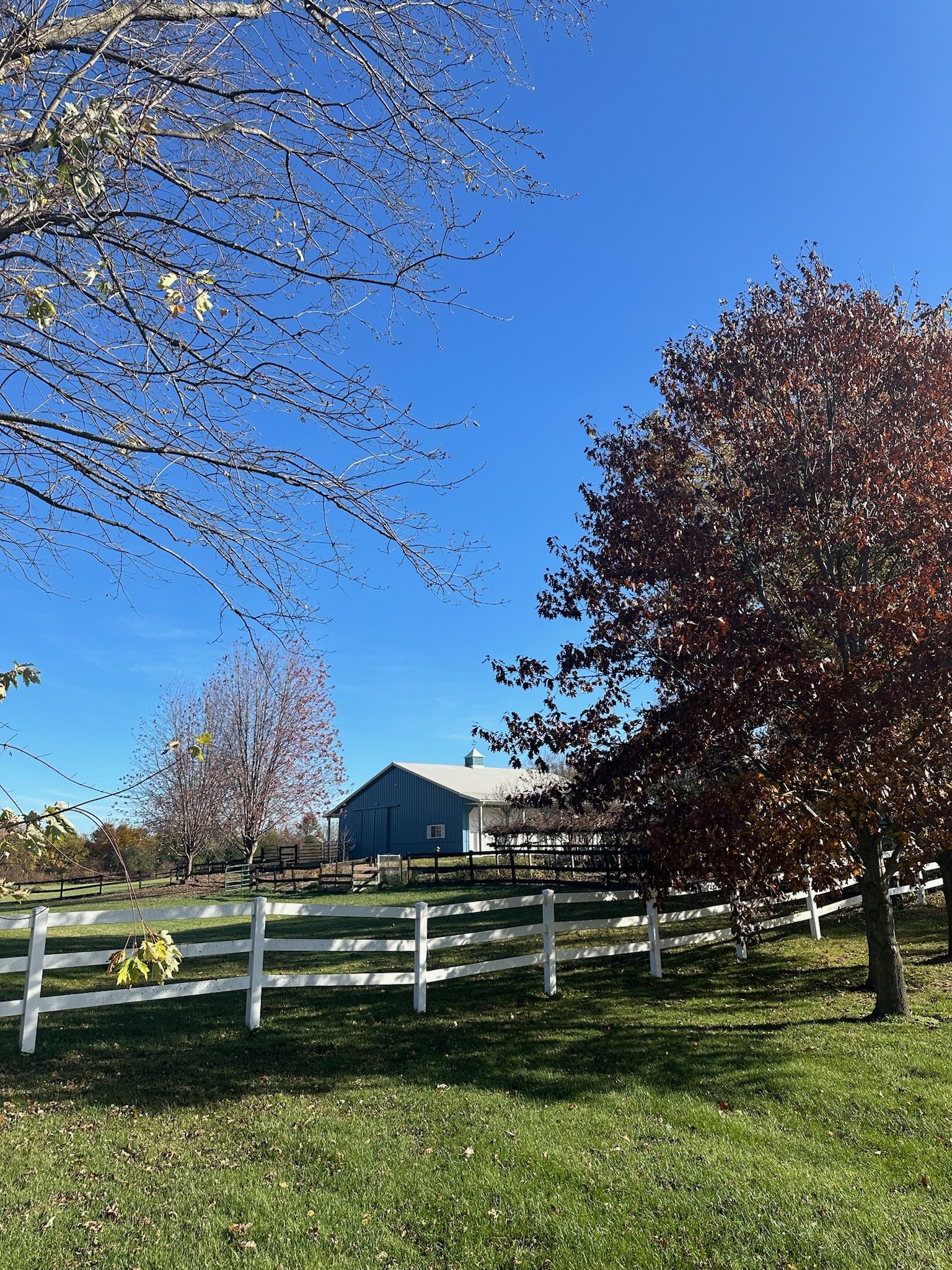
Nature and place-based learning in Northern Illinois
A peaceful 5-acre farm with pastures and outbuildings provides endless opportunities for Montessori-inspired learning.
Curriculum Development Timeline and Context
Headwaters Academy will feature a nature and place-based Montessori-inspired curriculum appropriate for K-8 learners.
This page details what we know as we begin our launch. Curriculum is a living organism! This information will be updated frequently as the development process continues. Here’s the development timeline:
Pillars of intent identified by founding community (current phase, in progress)
Teaching staff contributes expertise to further specify development
Purchase of teaching materials
Implementation begins with August 2025 launch
Impact is measured during foundational academic year
Curriculum evolves in response to measured impact
Curriculum extends into high school as our learners age
Notes from the Curriculum Committee
We will create a rich and vibrant learning experience for students at Headwaters Academy by combining Montessori philosophy and public school instructional goals united with parent voice. We take this task very seriously and we will work diligently to create a solid foundation for instruction, while supporting each child’s natural love of learning.
Creating Classroom Culture | All Grade Levels
Curriculum will be based on Illinois State Standards, as outlined by the Illinois State Board of Education (ISBE).
Curriculum will support student-led and student-driven learning.
Students will be encouraged to advocate for themselves.
Students will be encouraged to make connections in their learning:
“Text to self, text to text, text to world”
This phrase is pulled from the world of literacy to describe students making connections to their various roles in the world
Curriculum will strive to challenge students to grow.
Individual learners will have their needs met through scaffolding and spiraling of concepts.
The classroom learning environment will ignite a sense of excitement and wonder across all areas of study.
Students will have the opportunity to practice reading, writing, speaking and listening in all subjects.
Students will have the opportunity to show their understanding in a variety of ways. For example:
Demonstrations using hands-on materials
Giving lessons to other classmates
Written reports
Visual presentations (slideshows, dioramas, etc.)
Videos (older students)
Podcasts (older students)
Other modalities that students find interesting
Teachers will provide relevant and timely feedback towards learning objectives:
Teacher-to-student
Student-to-student
Teachers will provide time for students to make revisions based on feedback.
Future Thinking
Review and creation of grade band curriculum (K-2, 3-5, 6-8).
Consider grading and grade reporting practices for all grade bands.
Determine scope and sequence of curriculum (K-8).
Determine the content areas of the curriculum (math, language arts, social studies, science, physical education, exploratory classes).
Determine opportunities for teacher planning time:
Multiple days throughout the school year for teachers and staff to review progress of students and effectiveness of curriculum and instruction.
Unknowns at this moment
Due to the infancy of Headwaters, at the moment, we cannot say how much money can be spent on curriculum or curricular materials. We cannot say what will be purchased and what will be created in-house. However, we are confident that these questions will be addressed through continued exploration and dialogue. Our commitment is to forge a learning path that enhances our children's potential, nurturing both their growth and rich uniqueness.
Pillars of Intent
This is a starting place; the full list is in progress.
Montessori Principles
Mixed-age classrooms essential for peer teaching, role modeling, and leadership experience
Prepared environment: the Montessori classroom is a carefully prepared learning space with a distinct sense of order
Freedom of movement and choice
Intrinsic motivation: learning is its own reward
Respect for the child, honoring each child's gifts and readiness to learn, individualized learning
Self-directed learning to foster independence
Educating the whole child
Educators support the child’s intrinsic motivation and curiosity, and foster their love of learning
Project-based learning: working together to solve real world problems and create solutions as a team
Nature and Place
Education rooted in a 5-acre farm with limitless opportunities to learn
Extended daily time in nature, which is important to children’s intellectual, emotional, social, spiritual, and physical development
Nature-based education, specifically sustainability, can help children understand the interdependence between humans and their environment
Environment stewardship instills a sense of responsibility and helps children understand their role in preserving the planet
Place-based immersion weeks allow students to dive deeply into different fields; the potential list of topics is endless (a few examples: farming, animal care, handicrafts, health occupations, financial literacy, and languages)
Academic Rigor
Adherence to Illinois Learning Standards
Teachers challenge students to work at the uppermost levels of Bloom's taxonomy including creating, evaluating, analyzing and application
Focus on critical thinking and creative problem solving
Students are provided timely feedback and positive reinforcement, creating a safe learning environment for taking risks
Differentiation: teachers find ways to challenge each child based on their learning styles and strengths
Self-assessment: students identify areas of strength, discover how to reach learning goals, and take ownership of their own learning
Questions in class lead to deeper curiosity, encouraging students to connect their learning to the world around them




